Rajiv Gandhi didn't call Army for 3 days, had no intention to stop 1984 Sikh massacre: Watch his speech justifying the riot
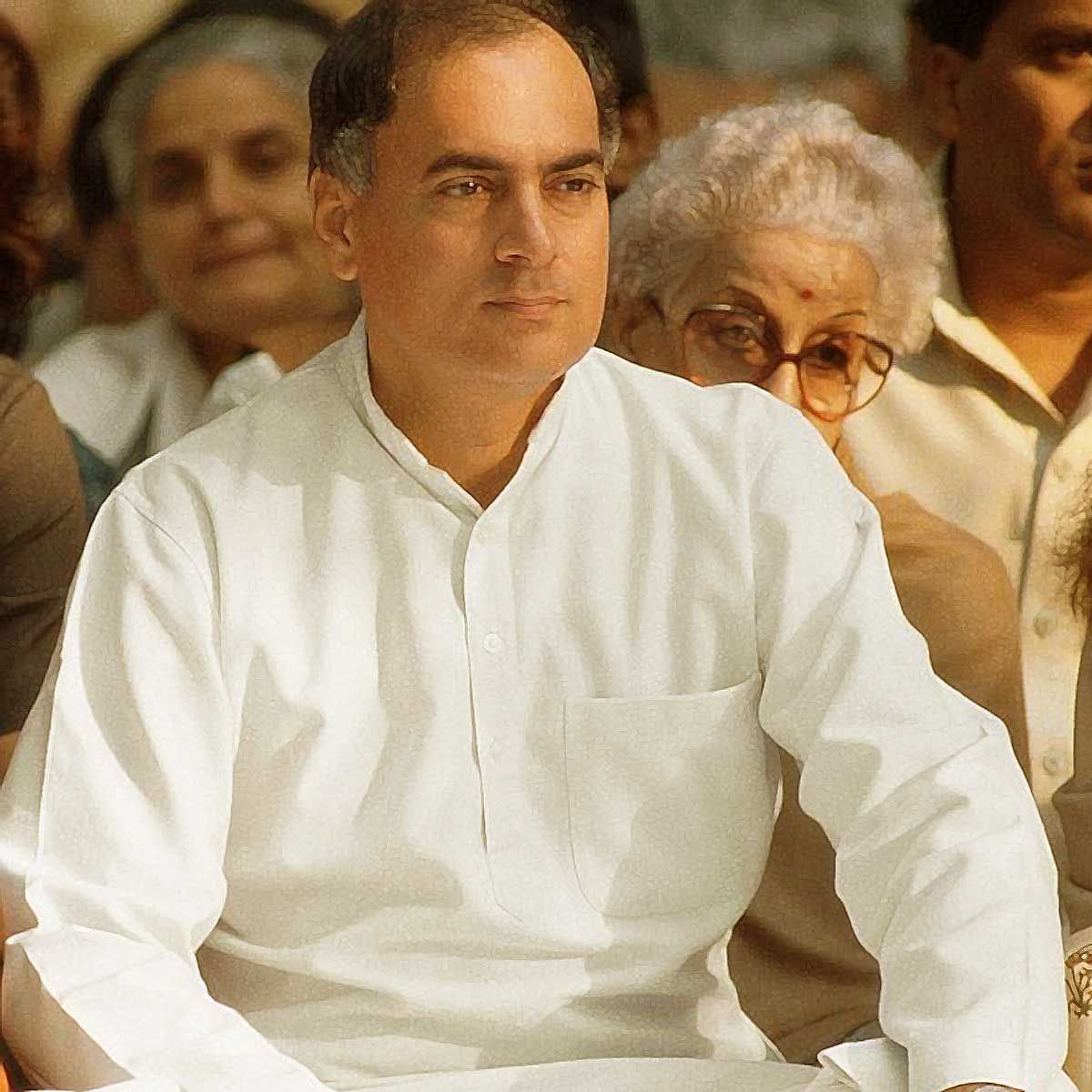
Indira Gandhi was assassinated on 31st October 1984 by her Sikh bodyguards as a revenge for Operation Blue Star. From 1st November to 4th November, Sikhs across the country were killed. The government figures suggest the angry mobs, many of which were led by Congress leaders, brutally murdered 3350 Sikhs.
On 19th November 1984, while giving a speech in front of thousands of people, then - Prime Minister Rajiv Gandhi had justified the violence that took place after Gandhi’s assassination. He had said, “Jab bhi koi bada ped girta hai, to dharti thodi hilti hai. (When a big tree falls, the earth shakes.)”
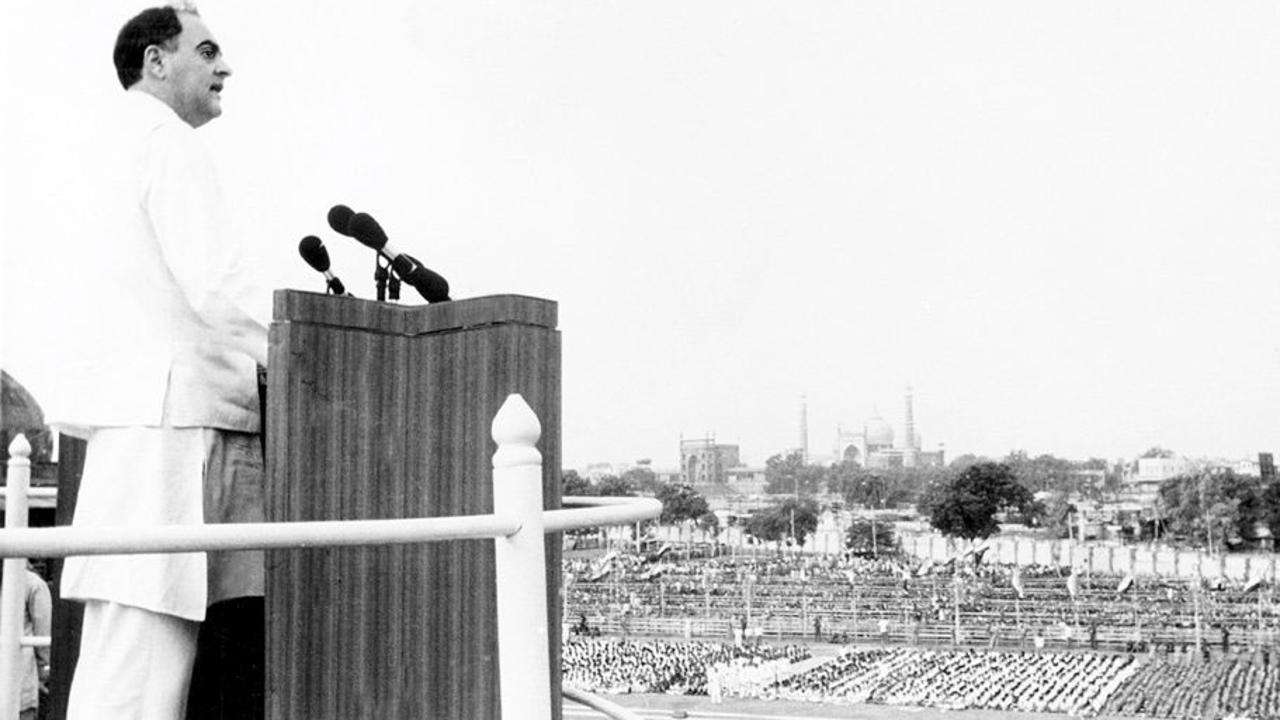 |
The infamous speech by Rajiv Gandhi
Towards the end of his speech Rajiv Gandhi said, “Hamein Indira ji ka yaad rakhna hai. Hamein yaad rakhna hai ki unki hatya kyun hui. Hamein yaad rakhna hai ki kaun kaun log iske peeche ho sakte hain. Jab Indira ji ki hatya hui thi, to haamre desh mein kuch dange fasaad hue the. Hamein maloom hai ki bharat ki janta ke dil mein kitna krodh aaya, kitna gussa aaya. Aur kuch din ke liye, logon ko laga ki bharat hil raha hai. Lekin jab bhi koi bada ped girta hai to dharti thodi hilti hai. (We should remember Indira Gandhi. We should remember why she was killed. We should remember who can be behind her assassination. When Indira ji was killed, there were some riots in the country. We know how angry the people of India were. And for a few days, people thought that India is shaking. However, whenever a big tree falls, the earth shakes.)” In 2019, Senior Advocate HS Phoolka said that the instruction to kill Sikhs came directly from Rajiv Gandhi’s office.
Role of Amitabh Bachchan in instigating violence against Sikhs
There have been reports that Amitabh Bachchan was also allegedly instigated violence against Sikhs that went unnoticed by the media for a very long time. In 2011, Times of India quoted Jagdish Kaur, one of the prime witnesses in 1984 anti-Sikh riots saying, “I wonder why no one in India lodged case against Amitabh Bachchan for provoking killing of Sikhs.” She said whoever watched Doordarshan at that time know what Bachchan had said. In 2015, CBI summoned Amitabh Bachchan to record his statement about the presence of the main accused Jagdish Tytler at Teen Murti Bhavan on 1st November 1984.
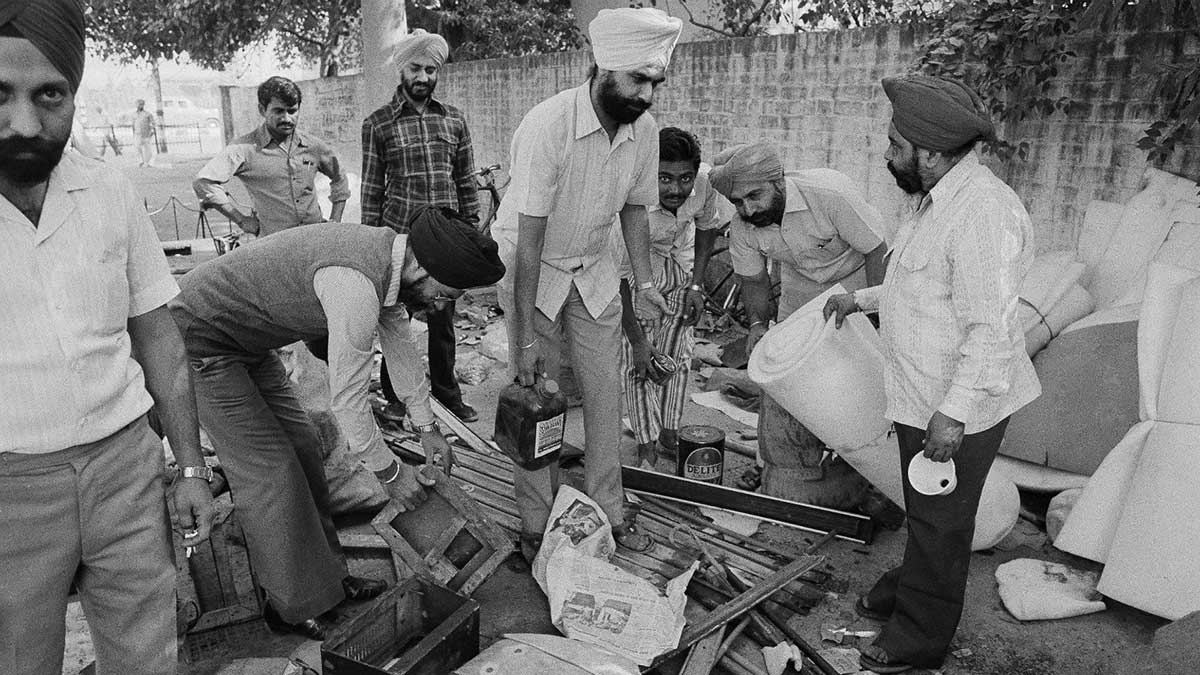 |
Instructions to kill Sikhs came from Rajiv Gandhi's office: HS Phoolka
"Shanti Bhushan was Law Minister during Morarji Desai government. Shanti Bhushanji has given his own affidavit before the Nanavati Commission. He says on November 1 morning he went to Narasimha Rao, who was Union Home Minister at that time and he asked Narasimha Rao to immediately call the Army as innocent citizens are being killed... Narasimha Rao agreed with him," Phoolka explained.
Senior advocate H S Phoolka on Thursday claimed that instructions to "kill" during the anti-Sikh riots that took place in Delhi in 1984 had come directly from the Prime Minister's Office.
"There is enough evidence on record to show that in 1984 when the Sikhs were being killed, the instructions were coming directly from the Prime Minister's Office and the Army was not called in... We have placed our evidence on record before the Nanavati Commission as well as Mishra Commission," Phoolka told ANI.
"Shanti Bhushan was Law Minister during Morarji Desai government. Shanti Bhushanji has given his own affidavit before the Nanavati Commission. He says on November 1 morning he went to Narasimha Rao, who was Union Home Minister at that time and he asked Narasimha Rao to immediately call the Army as innocent citizens are being killed... Narasimha Rao agreed with him," Phoolka explained.
"Narasimha Rao called on the RAX phone, which is a direct phone between the ministers. And he says Narasimha Rao tried to convince the other person on the line to call the Army," he added.
Phoolka went on to add, "After some time, Narasimha Rao put down the phone and sat quietly. Shanti Bhushanji says he was there for about two-three minutes, Narasimha Rao didn't say a word. So, Shanti Bhushanji said he got up and went away."
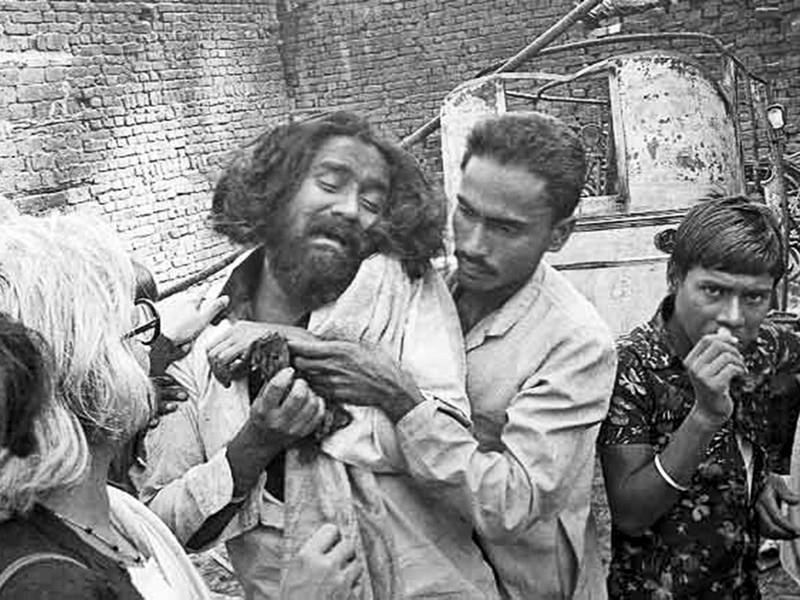 |
President wanted to call Army: Phoolka
Phoolka said Charan Singh along with Devi Lal, Sharad Yadav and Ram Vilas Paswan asked the President to immediately call the Army.
"So, the President wanted to call the Army, Home Minister wanted to call the Army, who is the one who can veto them? It's the Prime Minister's Office. We have placed evidence on record that the Intelligence Bureau (IB) officers were even monitoring it," Phoolka said.
"On November 1, an Army unit came and that Army unit in Safdarjung Enclave was trying to save the Sikhs who were under attack. One officer came and stopped them. He said there are no orders for the Army to move in. After 15-20 minutes that Army unit was directed to report to the cantonment. When they went to the cantonment, they were asked to confine to barracks and their arms were taken away," he added.
Kamal Nath told police he was sent by PM: HS Phoolka
"5,000 Army personnel were available in Delhi on November 1, 1984. If that Army could have been deployed, it could have saved 2,000 lives. This was directly the Prime Minister's Office, who was managing and controlling it," he said.
Talking about the alleged involvement of Madhya Pradesh Chief Minister Kamal Nath, Phoolka said, "Even Kamal Nath came to Rakab Ganj Gurdwara. Gurdwara was burned, two Sikhs were burned alive over there. Kamal Nath told the police that he was sent by the Prime Minister. It is in the police report that Kamal Nath came there and said he had been sent by the Prime Minister to see if any Hindu has been kept as a captive there. Despite the presence of Kamal Nath, the police fired on Sikhs inside the Gurdwara."
Phoolka said that "due to the sheer power of the government and their influence, they have suppressed all this evidence."
"But there is enough material to show, it was directly Rajiv Gandhi's office, which was giving the directions to kill the Sikhs," he added.
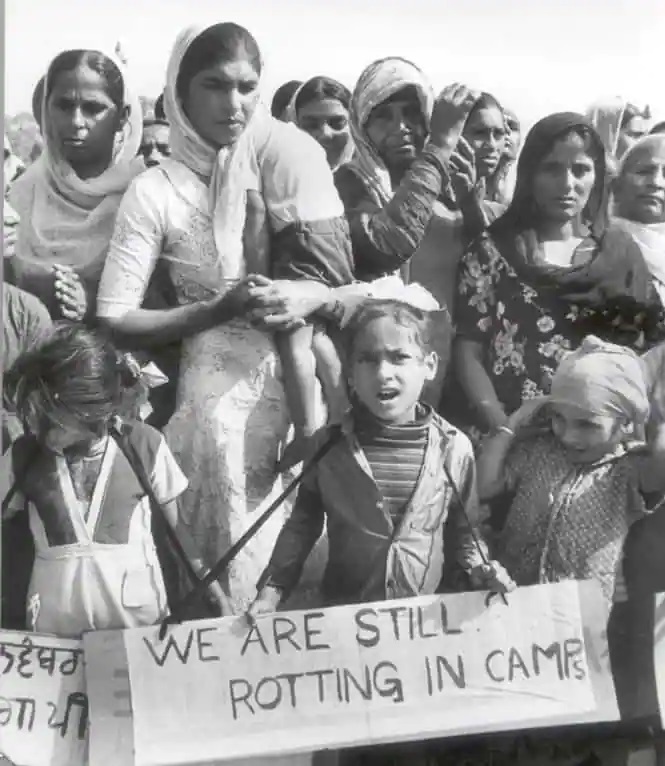 |
Sajjan Kumar’s conviction
Sajjan Kumar, one of the main accused of the anti-Sikh riots, was sentenced to life imprisonment for his role in the riots in 2018 by the Delhi High Court. It took 37 years to get a verdict against one of the accused in the riots. Congress leader Sajjan Kumar was a prominent Congress leader in 1984, and he was sentenced in the murder case of five members of a Sikh family.
Case against former MP Chief Minister Kamal Nath
In 2019, the Ministry of Home Affairs reopened a case against senior Congress leader and former Chief Minister of Madhya Pradesh, Kamal Nath. He allegedly incited a mob against Sikhs at Gurudwara Rakabganj in Delhi on 31st October 1984, soon after Indira’s assassination. As per the reports, two witnesses came forward to depose against him.
More than 3000 Sikhs killed
As per the government reports, more than 3350 Sikhs were killed in the riots. However, the unofficial figures claim that around 8,000 to 17,000 Sikhs lost their lives.
While it is obvious that Rahul Gandhi would never admit that his father was involved in crimes against humanity, the facts speak for themselves.
Firstly, when Rajiv Gandhi went to see his mother at the hospital where she was admitted after being shot, low-intensity attacks on Sikhs had already begun. So much so, the car of the then turbaned Sikh president Zail Singh was vandalized. Rajiv Gandhi did not show any leadership by standing up for innocent Sikhs being punished by the angry mobs.
 |
The most glaring instance of Gandhi’s approval of violence was the chanting of the slogan “blood for blood” in his presence by people who had come to pay last respects to Indira Gandhi as her body lay in state. This was something that was relayed live on the public broadcast and many people, including this writer, witnessed it on TV. There is no evidence that Gandhi did anything to stop such provocative sloganeering.
While he was being sworn in as prime minister, Sikhs were being targeted by the goons of his party. He did not find time to press the paramilitary forces into service to stop the bloodshed. He never used the power of the prime minister’s office to save a minority community that needed the protection of the state. He never found time to go out and rescue citizens of his country from the mobs. It is well documented how his office remained unresponsive to calls made for assistance by the president and the then home minister who was in charge of law and order.
Zail Singh revealed in his autobiography that the PMO did not show any interest in stopping the violence when he approached it on behalf of Sikh citizens who had called him for help.
Similarly, the then home minister, P.V. Narsimha Rao, failed to get any favourable response from the PMO when he called it after being approached by several activists for immediate intervention. The ultra-powerful PMO thus completely failed to act and save the country from such a disgrace.
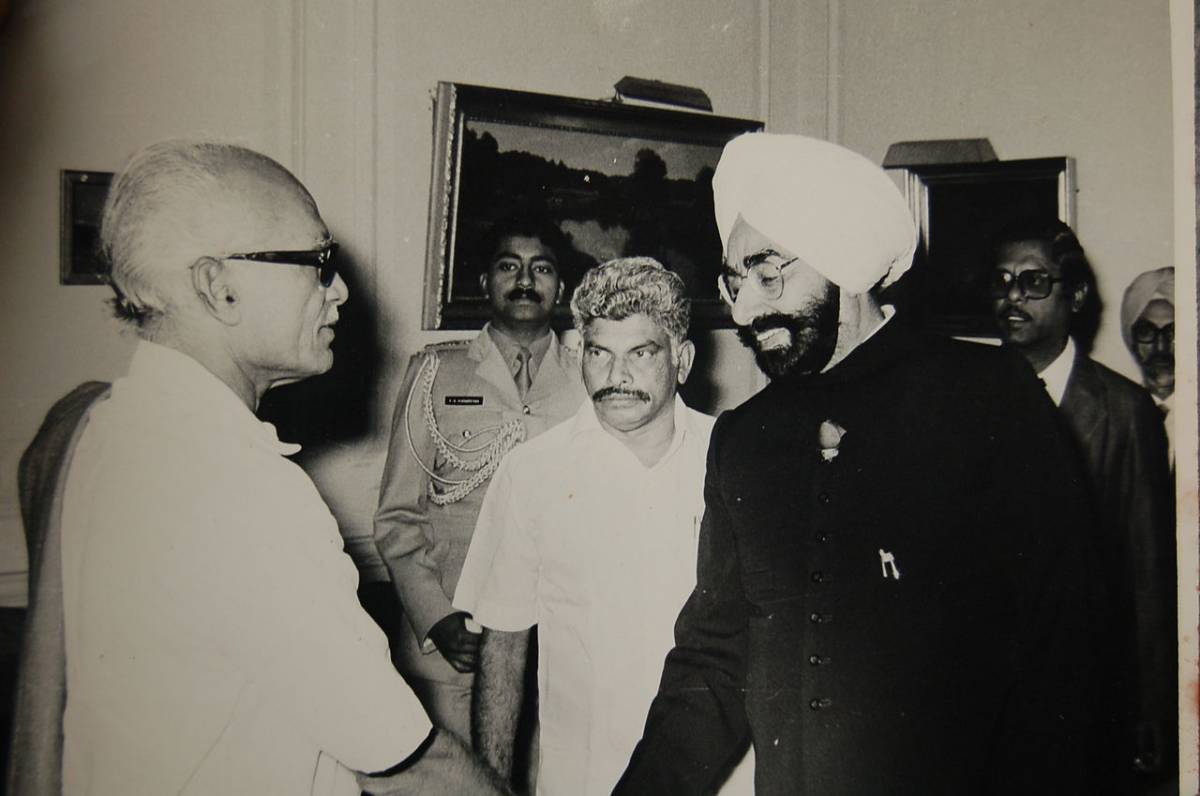 Former Indian president Zail Singh wrote that he tried without success to get the Indian prime minister's office to protect Sikhs in 1984. |
Targeting a minority won an election
Rajiv Gandhi, being head of the nation throughout the first week of November 1984, clearly bears responsibility for what happened in New Delhi and elsewhere.
A few days later while addressing a big public meeting, he openly justified the anti-Sikh violence by saying that when a big tree falls, earth around it shakes a bit.
Although he acknowledged that the assassination of his mother was followed by mayhem, he never condemned the killings of ordinary Sikhs. Notably, when he himself was assassinated by the Tamil separatists in 1991, there was no such violence directed against Tamils in India.
His statement about a big tree falling wasn’t just an emotional outburst. It was aimed at covering up the fact that it wasn’t a natural reaction to his mother’s death, but a well-calculated mob attack against a particular community.
In the general election that took place in December 1984, his party won with a huge majority in the parliament on the plank of national unity.
Those involved in the Sikh massacre received massive support from the electorate. Rajiv Gandhi succeeded in polarizing the Hindu majority. It is well known that the BJP vote bank also shifted to the Congress.
Those who played a significant role in the violence were rewarded with ministerial positions; leaving aside the question of punishing them and the police officers complicit in the carnage.
It is pertinent to mention that one of the senior police officers who remained indifferent to the mobs gathered outside a historic gurdwara to target the Sikh worshippers was Gautam Kaul, a cousin of Rajiv Gandhi. It was the same location where Nath was allegedly seen hanging around a mob that killed two Sikhs.
Another cousin of Rajiv Gandhi was instrumental in allegedly gaining access to the voters’ list of Sikhs, which was allegedly used by mobs to identify their homes during the violence.
 Human rights lawyer H.S. Phoolka has spent much of his working life trying to obtain justice for Sikhs who were targeted across India in the wake of Indira Gandhi's assassination. |
Initially, Rajiv Gandhi remained adamantly resistant to demands for an inquiry into the massacre. He declined to order one, claiming that this would disturb peace.
Nevertheless, his government was forced to constitute a first commission of inquiry into the anti-Sikh violence under former chief justice Ranganath Misra as part of a political understanding with the moderate Sikh leadership of Punjab to end the Sikh militancy in that state.
Misra, who cleared the Congress party and the government of wrongdoing, was later rewarded with a seat in the upper house of parliament.
A retired police officer from Punjab, Julio Ribeiro, writes in his memoir that as a security adviser, he suggested to Rajiv Gandhi that he must take action against some key Congress leaders involved in the massacre to win over the confidence of the Sikh community and defeat the militancy.
Ribeiro claims that when he did this, he was scolded by an infuriated prime minister.
In one media interview, Rajiv Gandhi also tried to blame Sikhs for the violence, as he said that most killings took place in areas where the Sikhs celebrated the murder of Indira Gandhi. Such rumours were commonly spread by Congress supporters to create an atmosphere of hatred against the Sikhs.
References:
business-standard.com - ANI
opindia.com - OpIndia Staff
dnaindia.com - PTI
straight.com - by Gurpreet Singh
 Support Us
Support Us
Satyagraha was born from the heart of our land, with an undying aim to unveil the true essence of Bharat. It seeks to illuminate the hidden tales of our valiant freedom fighters and the rich chronicles that haven't yet sung their complete melody in the mainstream.
While platforms like NDTV and 'The Wire' effortlessly garner funds under the banner of safeguarding democracy, we at Satyagraha walk a different path. Our strength and resonance come from you. In this journey to weave a stronger Bharat, every little contribution amplifies our voice. Let's come together, contribute as you can, and champion the true spirit of our nation.
 |  |  |
| ICICI Bank of Satyaagrah | Razorpay Bank of Satyaagrah | PayPal Bank of Satyaagrah - For International Payments |
If all above doesn't work, then try the LINK below:
Please share the article on other platforms
DISCLAIMER: The author is solely responsible for the views expressed in this article. The author carries the responsibility for citing and/or licensing of images utilized within the text. The website also frequently uses non-commercial images for representational purposes only in line with the article. We are not responsible for the authenticity of such images. If some images have a copyright issue, we request the person/entity to contact us at This email address is being protected from spambots. You need JavaScript enabled to view it. and we will take the necessary actions to resolve the issue.
Related Articles
- Moplah Genocide of the Malabar Hindus, 1921: Thousands of Hindus slaughtered
- Wikileaks and 5 lesser know facts of Indira Gandhi: Nuclear technology, corruption and foreign relations
- Depth of Soviet penetration in Indian media is exposed through declassified CIA document from 2011
- Calcutta Quran Petition: A petition to ban the Quran altogether was filed 36 years ago, even before Waseem Rizvi petitioned for removing 26 verses from Quran
- Why Hindu-Sikh genocide of Mirpur in 1947 ignored? Why inhuman crimes of Radical Islamists always hidden in India?
- Ghost from the past: Unseen picture of Nehru voting in favour of partition of India goes viral
- Was Indira Gandhi a Soviet Agent - 100 Years of Russian Revolution
- How Communists betrayed India - 100 Years of Russian Revolution
- Rahul Gandhi claims he hadn’t heard of ‘lynching’ before 2014: Time to revisit India’s bloodied history featuring his family members
- Can Communism and Democracy Coexist - 100 Years of Russian Revolution
- After the death of Narasimha Rao, Congress President Sonia Gandhi did not let his body enter Congress HQ & last rites happen in Delhi, they did not even have the decency to arrange enough firewood for his funeral, his body lay half burnt with intact skull
- How Nehru's Govt helped China in conquering Tibet and let go of it's centuries old friend
- Speech of Sardar Patel at Calcutta Maidan in 1948 busts the myth of ‘Muslims chose India’ and is relevant even today
- Rajya Sabha MP Swapan Dasgupta writes to NHRC about violence in Tarakeshwar by TMC goons: Houses looted, businesses shut, women brutalised
- Prophecies of Jogendra Nath Mandal getting real after seventy years of his return from Pakistan













